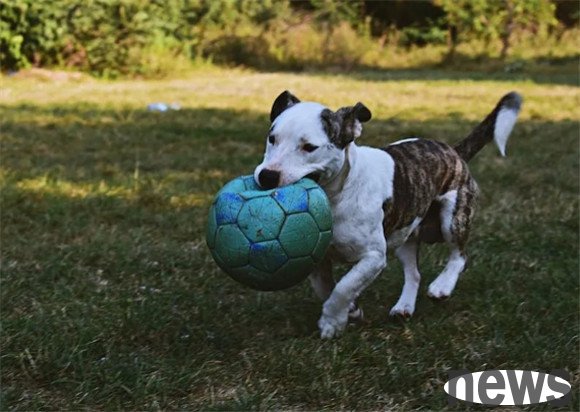7 Easy Ways to Train Your Dog to Get Along with Other Dogs
Every dog owner should take dog aggression seriously. In fact, there is a very effective method, that is: you have to establish dominance. The dog will recognize you as a leader and it will stop being aggressive.
Why are dogs aggressive? That's because it has poor social skills.
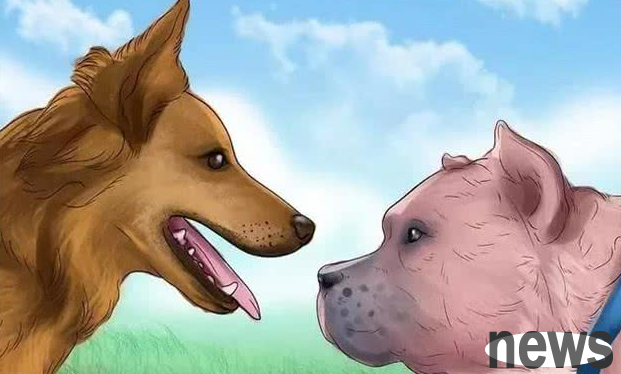
This article shared by Xiao Awang today will talk about which training method is most suitable for your dog and how to train your dog to get along with other dogs.
Let’s make a summary first. The methods to control dog aggression are: obedience, leash, muzzle, avoidance, direct confrontation, and reward.
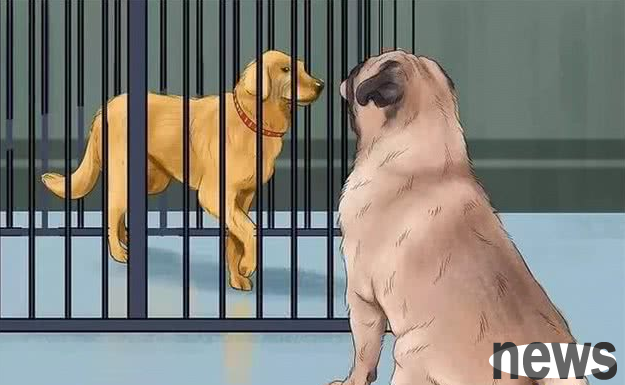
1. Obedience training
Make sure the dog knows basic commands, such as sit down and get down, which is impulse control. Other commands include: stop, lie down, don’t move, etc. These commands will effectively train your dog to hold his position for longer periods of time.
This aggressive dog walks happier when he responds to his commands. You can prevent aggressive situations from happening by anticipating them before they happen. For example, when another dog approaches, keep him in a downward position and talk to him until the other dog walks by.

Of course, if another dog walks up to him and starts a fight, your dog will most likely lose trust in you and not want to get into the "stop" position. Obedience is important, but may not be the answer.
2. Muzzle
Although non-slip collars are not very popular in many dog training circles, they can still be useful in some situations. The dog will usually stop its behavior at that point.
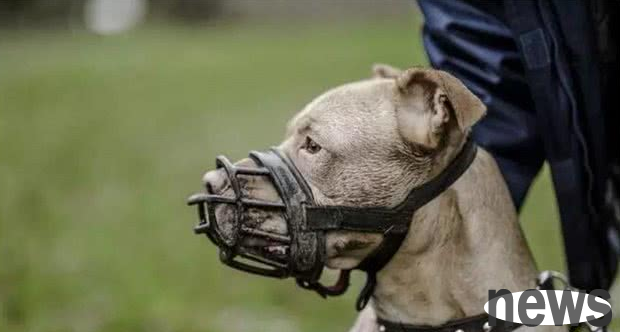
Choke collars are also not recommended because they can strangle the dog's throat. I prefer to use a muzzle. It allows the dog to open its mouth and pant while walking, and because it presses against the dog's nose, it has a calming effect in some situations.
3. Sidestepping
This won't end the aggression problem, but it may solve many of your problems. When you encounter another dog on a walk, shoo your dog away and get him out of the area so he doesn't feel threatened. If it's too far away, stand in front of the dog and block his view so he can't see the other dogs.
Obedience, muzzle, and avoidance can be used at the same time.
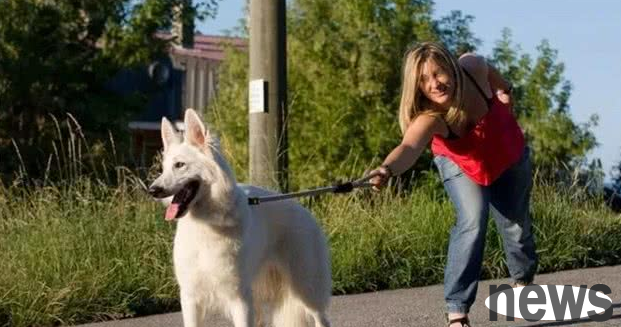
4. Direct Confrontation
This is a technique that forces the dog to face its fears. In this case, your dog learns to be around other dogs, finds that nothing bad happens, and becomes less sensitive to the presence of other dogs.
This type of method may cause stress to the dog and is not recommended if other methods are available.

If your dog won't attack other dogs or fight for dominance, allow them to meet in a neutral place and make sure the dog is muzzled and on a leash to prevent him from breaking away.
5. Reward
When a dog is feeling aggressive, you can pet it or reward it as soon as pessimism sets in. The idea is to relax it and make it feel good and safe.

This needs to be repeated every day, or as often as possible. Over time, the dog will associate the presence of another dog with active signals.
If it is other situations, such as stray dogs, many dogs, or dogs in heat, they must be treated differently.

6. Summary
Teach your dog basic obedience and reinforce them so that you can tell him "stop" when he becomes excited and potentially moves forward.
When walking your dog, wear a sliding collar and tie a short leash, but keep it as loose as possible so that the leash is not too tight.
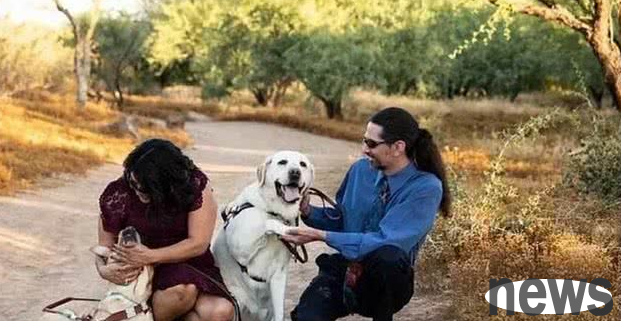
Walking your dog with a muzzle. This method helps it stay calm.
Prevent frontal contact. When a dog comes toward you, remove it from the conflict and block its view by standing in front of the aggressive dog.
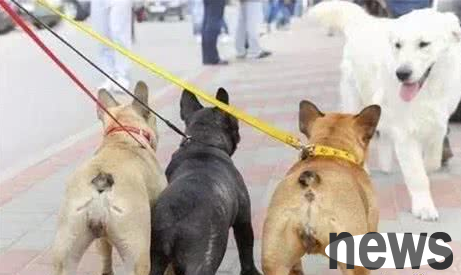
If submission and avoidance don't work, try introducing some new dogs into a controlled environment. This works for some dogs, but may not help if the dog is aggressive toward other dogs in order to protect its territory or owner.










